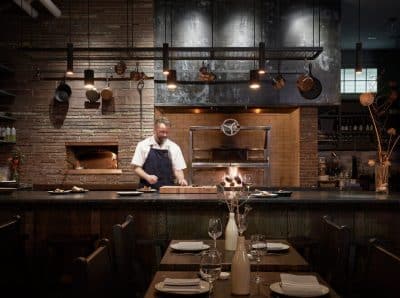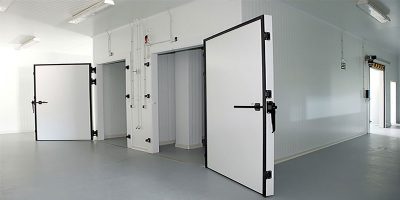
Data from the American homebrewers association shows there are over 1.1 million brewers in the US. Of these, 40% are dedicated hobbyist brewers who have been brewing for over four years.
Venturing into brewing today is way easier than it was a decade ago due to the availability of home brewing equipment of all sizes. So you do not have to worry about the cost; you only need to buy the size of equipment you can afford.
This guide highlights the basic minimums regarding equipment when starting a home brewery.
Brewing Kettle
The brewing kettle, also known as the brewing pot, is a piece of equipment used to boil your wort in the wort-making process. Brewing kettles come in different sizes and qualities.
Since you want a kettle that will serve you for years without needing a replacement, go for a high-quality stainless steel pot. High-quality pots may be a little pricey but will give you better value for your money in the long run.
Also, ensure that you get a pot that will suit your needs. For example, when boiling your wort, a five-gallon kettle can only hold three to four gallons of worth without spillover. So you will want to ensure the brewing kettle you choose is at least 20% larger than the bear batches you intend to make.
Heat Source
Your wort will require boiling, so you must have a heat source. There are many options for a heat source, but not all are good options. For example, electric stove tops have an inconsistent supply of heat, which can mean you must wait too long to bring your wort to a boil.
Also, electric stove stops may only be limited to small-size brew kettles. The best option would be propane burners designed specifically for brewing or going for a kettle with an inbuilt electric heating device.
Fermenter
The fermentation process is the most important step in the brewing process because it is at this stage that the sugars are broken down into alcohol, the most important ingredient in alcohol.
Kettle fermenters come in all sizes and quality, so ensure you only go for high-quality fermenters and get the right size for your batches. Ideally, your fermenter should be at least 20% larger than the volume of your batches.
Other Essentials
The equipment listed above is the most critical. But there is additional equipment to help you in the process. These pieces of equipment include a chiller to help bring the wort to a desired temperature for brewing after boiling it.
You can wait for the worth to cool on its own, but it could affect the overall quality of the final product because of the time it takes to cool, and it could allow uncontrolled fermentation. Other items include a thermometer, a filter, a bottle filler, a bottle capper, or kegging equipment.
Consider Getting Brewery Management Software
If you are starting a home brewery for the love of it, you may be allowed to make mistakes, so you may not need to invest much in ensuring quality and consistency. However, after learning the ropes and being confident about the quality of your beers, you could consider venturing into brewing as a business.
When brewing for the market, quality and consistency are a must. Besides quality, you can find the processes involved in raw material acquisition, preparation, and marketing quite challenging.
Traditionally you would need to hire personnel for almost every task. Today software tools like this Ollie’s Brewery manufacturing solution are all you will need to run all your processes smoothly and ensure consistency in the final product.
Final Words
Home brewing may be the first step before going large-scale, so you want to be sure you get everything right from the start, which starts with getting the right equipment.
The equipment highlighted in this guide is the most critical but may not be exhaustive. But you do not have to start with everything if you are on a budget. You can start with the ones mentioned and invest in others as you scale.








